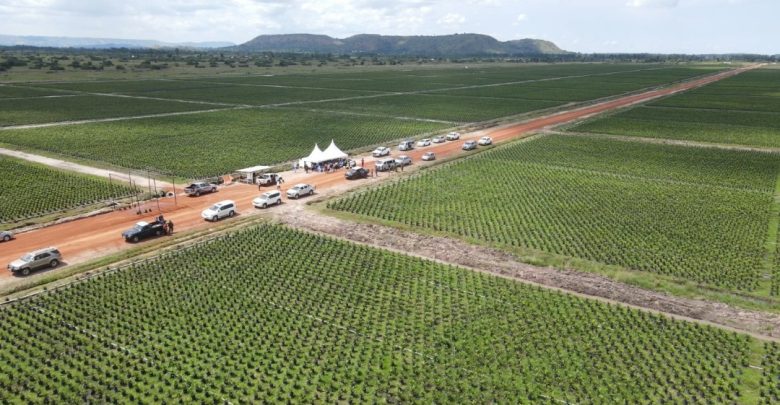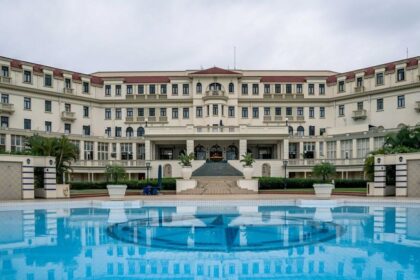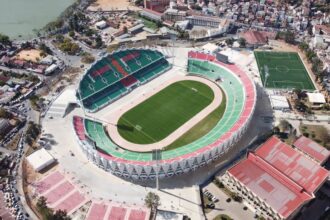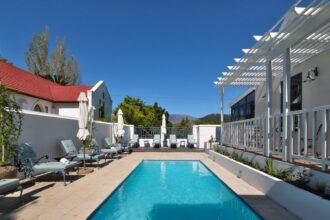At a Glance
- Sango Bay Estates spans ecologically sensitive wetlands vital to Uganda’s biodiversity and bird species.
- Palm oil expansion raises concerns over habitat destruction, land rights, and water pollution risks.
- Conservationists call for balance between agro-industrial growth and environmental preservation.
In Uganda’s southern Kyotera District, just north of Tanzania’s border, lies Sango Bay Estates — once a proud sugar-producing empire, now the nerve center of Uganda’s next palm oil revolution. First established in the 1930s by Indian investors, the estate once produced enough sugar to power the economy and support thousands of workers.
The story faltered in the 1970s during Idi Amin’s regime, when the estate was seized and fell dormant. Years later, its founding families returned, reinvesting and rebuilding — only to find the estate selected for a different purpose: to anchor Uganda’s National Oil Palm Project (NOPP).
The estate now spans over 247 square miles, envisioned as the country’s largest inland palm oil plantation, feeding into an ambitious national push to replace expensive imports with locally produced vegetable oil.
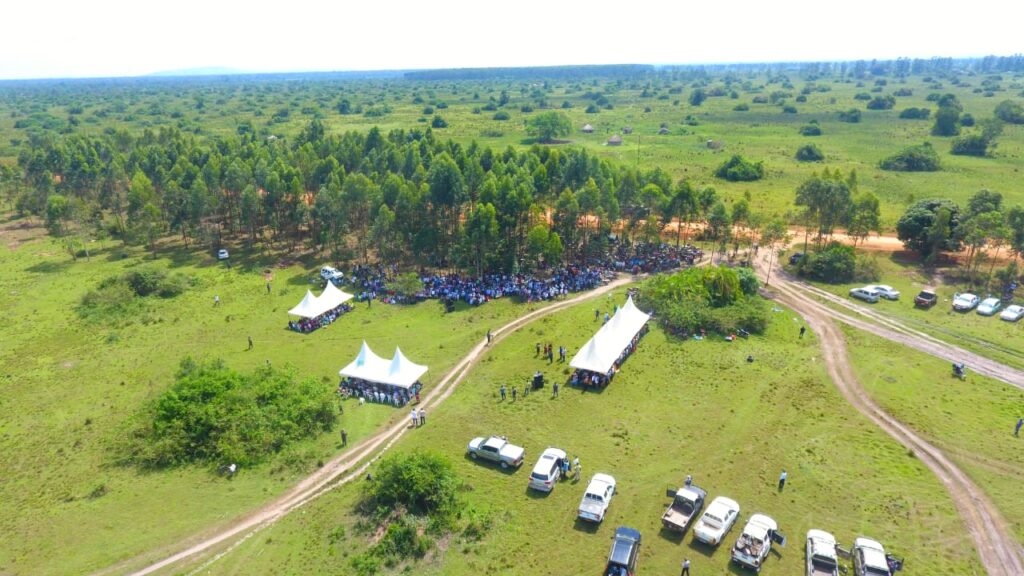
A tapestry of wetlands and wildlife
Beyond its economic potential, Sango Bay is a thriving ecological wonder. It sits within the Sango Bay–Musambwa Island–Kagera Wetland System, recognized under the Ramsar Convention for its critical biodiversity.
Four central forest reserves — Malabigambo, Namalala, Tero, and Kaiso — dot the estate, hosting a rich mosaic of species: African elephants, black-and-white colobus monkeys, antelopes, and over 300 bird species. The Musambwa Islands, off the coast of the estate, are home to the largest breeding colony of grey-headed gulls in Africa.
Archaeological digs in the area have unearthed Stone Age artifacts, adding anthropological depth to a region already thick with ecological and cultural meaning.

Displacement and debate: A contested development
The transformation of Sango Bay is not without consequence.
Over 10,000 households live in the six subcounties surrounding the estate. While only a few hundred are recognized by government records as legal residents, many have farmed and lived on this land for decades. Evictions began in phases. Trees fell. Protests flared.
In 2023, Uganda’s High Court ordered a temporary halt to evictions after claims of excessive force and unfair compensation. Community members argue that promises of relocation and payouts are inconsistently applied or insufficient.
For locals, the estate’s rebirth feels less like revival — and more like removal.

Palm oil powerhouse or environmental gamble?
Sango Bay is central to Uganda’s goal of becoming a regional palm oil producer, alongside Kalangala and Buvuma islands. Government officials envision processing plants, new roads, employment, and foreign investment. But conservationists are raising alarms.
Oil palm has been linked globally to deforestation, biodiversity loss, and wetland degradation. Experts fear the encroachment on Sango Bay’s fragile ecosystem could destroy one of the country’s last remaining intact wetland mosaics — critical for carbon capture, rainfall regulation, and water purification.
The estate’s future now rests on Uganda’s ability to balance environmental integrity with agricultural ambition.
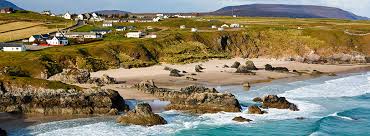
Getting there
Sango Bay is reachable via a 3.5-hour drive from Kampala or Entebbe International Airport. Visitors pass through the fertile landscapes of Masaka and Kyotera before reaching Mutukula, Uganda’s southernmost border town. The proximity to Tanzania and Lake Victoria positions the estate as a future cross-border agricultural trade hub.
Private vehicles are recommended, though the government has promised improved road infrastructure as the palm oil project scales.

A place of promise — and reckoning
Sango Bay Estates is a land in transformation. For investors and policymakers, it is a blank canvas of agro-industrial potential. For ecologists, it is an endangered Eden. For locals, it is home — fragile, disputed, irreplaceable.
Whether it becomes Uganda’s palm oil crown jewel or a cautionary tale of overreach will depend not just on what is built — but who is heard.

